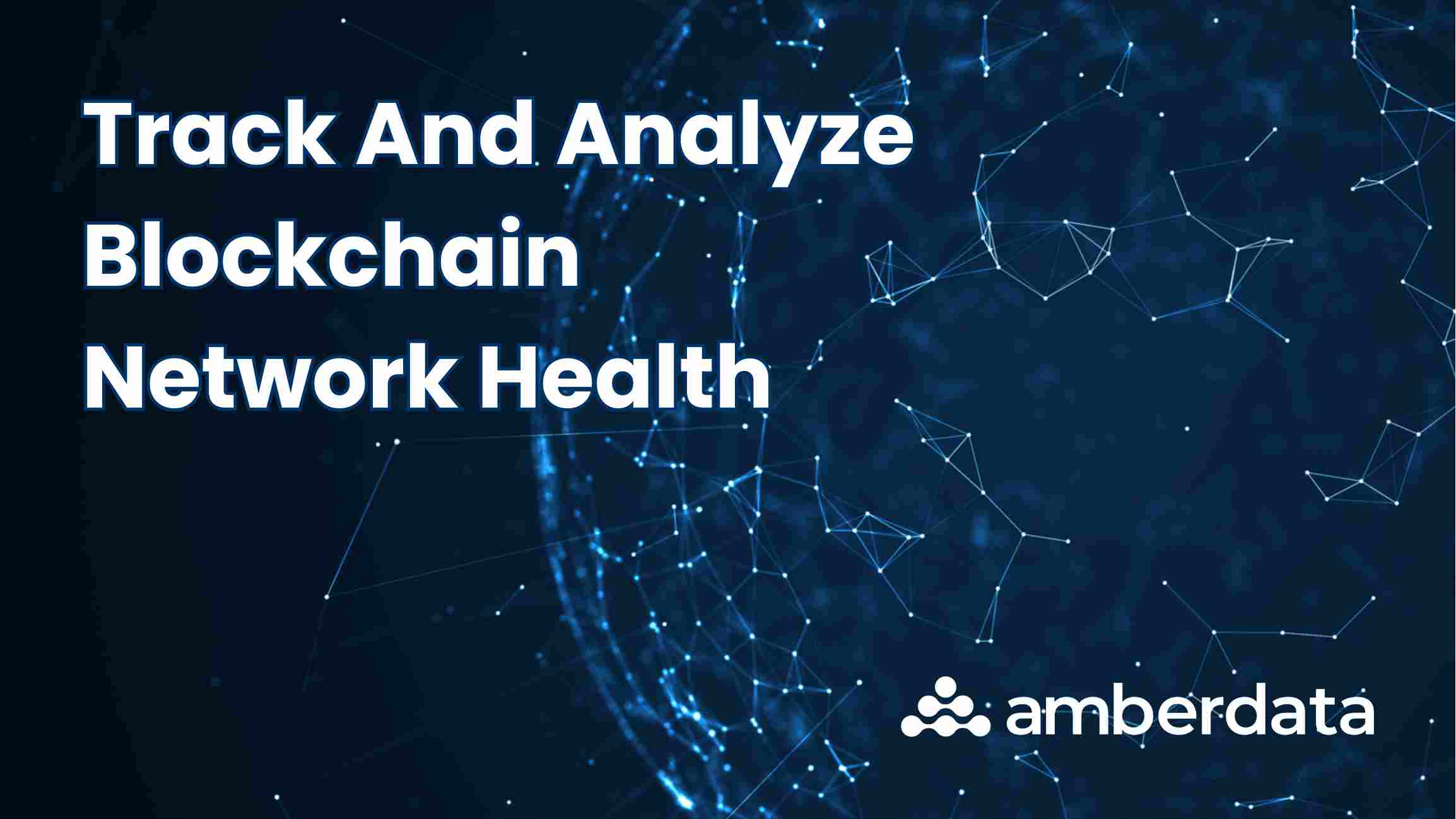
For institutions involved in DeFi, evaluating the health of blockchain networks is key to making informed decisions about investing in or utilizing a network, ensuring smooth protocol operations, and discovering competitive edges.
With the right on-chain data, you can dissect every element of how a blockchain functions—be it analyzing transactions and smart contracts, keeping an eye on large token holders, or detecting suspicious transactions and/or security threats. These analyses, among others, allow institutions to hone in on the economic resilience and security of their networks of interest.
Key Metrics to Monitor
Understanding a blockchain's operational soundness involves closely examining a variety of on-chain metrics that shed light on the network’s overall performance and health:
-
Address Metrics - Inspecting address metrics like the number of known addresses associated with a network or wallet transactions can inform user involvement benchmarks as well as pinpoint possible security and risk management concerns.
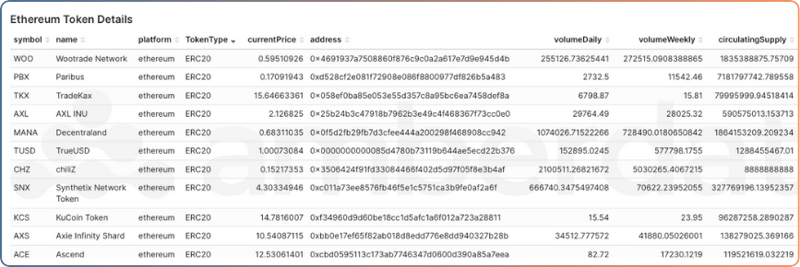
-
Block Metrics - By tracking block size, mining durations, and the number of transactions per block, you can assess the agility and capacity of a given network. These network KPIs are essential insights for optimizing transaction timing to avoid higher fees during windows of peak congestion.
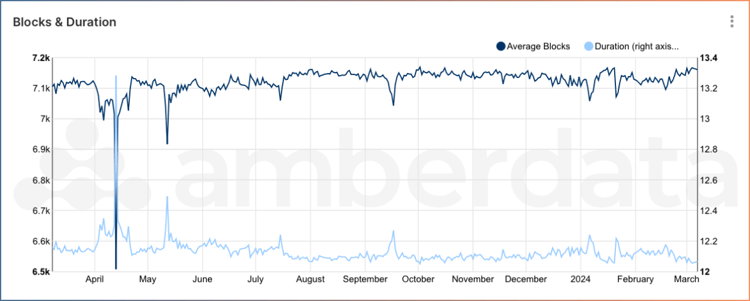
-
Token Metrics - Understanding metrics like token velocity, price history, and supply are not only vital to monitoring a protocol’s health, but they also serve as core components in a tokenomics analysis when conducting market research.
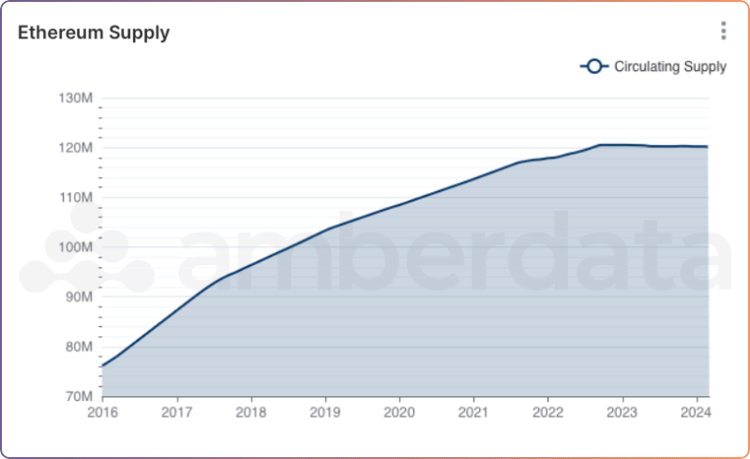
-
Transaction Metrics - Observing transaction volumes, processing speeds, and averages for fees and gas prices provides valuable information about where a network stands regarding its day-to-day operability. For organizations building dApps, a comprehensive network health dashboard enables you to quickly spot and troubleshoot smart contract issues as they arise.
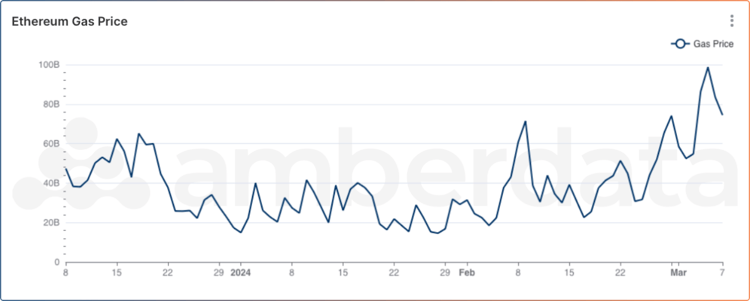
Access On-Chain Data Without Hosting Nodes
Because hosting blockchain nodes requires steep operational and infrastructure expenses, it’s often a primary barrier to entry for organizations looking to participate in the DeFi space.
Partnering with a blockchain data provider like Amberdata mitigates this burden. We operate our robust network of nodes across 12 supported blockchains, including backup nodes for added dependability.
Utilizing our blockchain data API provides stakeholders access to both real-time and historical network health data without needing to operate a node.
With an API at your disposal for crafting tailored solutions like custom dashboards, monitoring, and analyzing blockchain networks becomes streamlined and efficient.
For financial institutions looking to understand how blockchain technology can redefine their industry, we encourage you to read our Use Cases For Banks Report.
We also have a library of articles filled with rich insights about integrating a blockchain data API into your operations that you can explore below.
Related Content
The Advantages of Using a Unified API for Multiple Blockchains
Why Blockchain Data is Needed to Succeed in Digital Assets
Amberdata
Amberdata is the leading provider of global financial infrastructure for digital assets. Our institutional-grade solutions deliver data, analytics and comprehensive tools and insights that empower financial institutions to research, trade, and manage risk and compliance in digital assets. Amberdata serves as a...
